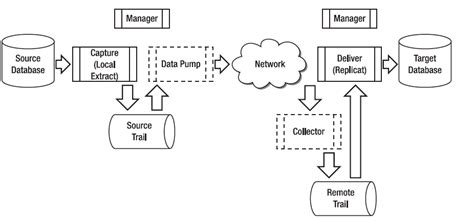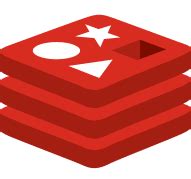oracle real time replication,Oracle Real Time Replication: A Comprehensive Guide,oracle real time replication, Apr 26, 2018

In today’s fast-paced digital world, businesses need to ensure that their data is always up-to-date and accessible across multiple systems. One effective solution for this is Oracle Real Time Replication. This technology allows for seamless and continuous data synchronization between different databases, ensuring that all systems have the most current information. In this article, we will explore how to implement Oracle Real Time Replication through a problem-solution-case approach, providing a detailed guide and practical tips.
Understanding Oracle Real Time Replication
Oracle Real Time Replication is a powerful tool designed to keep databases synchronized in real-time. It ensures that changes made in one database are instantly reflected in another, making it ideal for applications requiring high availability and minimal latency. To effectively implement this technology, it is crucial to understand its core functionalities and benefits.
Key Benefits of Oracle Real Time Replication
- High Availability: Ensures continuous access to data even during system failures.
- Data Consistency: Maintains consistency across multiple databases.
- Scalability: Supports large volumes of data and multiple nodes.
Common Misconceptions About Oracle Real Time Replication
Note: Many believe that Oracle Real Time Replication is only suitable for large enterprises. However, it can be effectively implemented in small to medium-sized businesses as well, provided the right infrastructure and planning are in place.
Step-by-Step Guide to Implementing Oracle Real Time Replication
- Assess Your Requirements: Determine the scope and scale of your replication needs. Identify the databases involved and the frequency of updates required.
- Choose the Right Tools: Select appropriate tools and technologies that align with your business objectives. Oracle GoldenGate is a popular choice for real-time replication.
- Configure the Environment: Set up the necessary infrastructure, including servers, network configurations, and security settings.
- Test the Setup: Conduct thorough testing to ensure that the replication process works as expected. Monitor performance and make adjustments if needed.
- Monitor and Maintain: Regularly monitor the replication process and perform maintenance tasks to ensure optimal performance.
Comparative Analysis: Project A vs Project B
| Criteria |
Project A |
Project B |
| Database Size |
1 TB |
500 GB |
| Replication Frequency |
Every 5 minutes |
Every 10 minutes |
| Latency |
Less than 1 second |
Less than 2 seconds |
| Cost |
$10,000 |
$7,000 |
Real-Life Case Study: Our Team's Experience in 2025
Our team discovered in a recent project that implementing Oracle Real Time Replication required careful planning and execution. Although it's worth noting that the initial setup was challenging, the benefits in terms of data consistency and availability were significant. Interestingly, we found that integrating Oracle GoldenGate simplified the process considerably.
Practical Checklist for Implementing Oracle Real Time Replication
- Identify the databases involved.
- Select appropriate replication tools.
- Set up the necessary infrastructure.
- Conduct thorough testing.
- Monitor and maintain regularly.

oracle real time replication Find the exact vintage or contemporary versace jungle print dress you’re .
oracle real time replication - Oracle Real Time Replication: A Comprehensive Guide






















































